
Jurong: Singapore's Hidden Gem of Innovation and Nature
Discover Jurong: A perfect blend of innovation, nature, and family-friendly attractions in the vibrant western part of Singapore.
Jurong is a captivating blend of urban innovation and natural beauty. Located in the western part of Singapore, Jurong offers a unique experience for travelers seeking to explore beyond the usual cityscape. The area is best known for its impressive industrial advancements, but it also boasts a wealth of attractions that cater to nature lovers, history buffs, and families alike. One of the must-visit spots in Jurong is the Jurong Bird Park, one of the largest bird parks in the world. Here, you can marvel at over 5,000 birds from 400 species, housed in lush, naturalistic habitats. Nearby, the Jurong Lake Gardens offers a tranquil retreat with its beautiful landscapes, serene lakes, and the picturesque Chinese and Japanese Gardens. This is the perfect place for a leisurely stroll or a family picnic. For those interested in science and technology, the Science Centre Singapore is a treasure trove of interactive exhibits and educational fun. It’s an ideal destination for curious minds of all ages. Adjacent to the Science Centre, Snow City offers a unique experience in tropical Singapore: a chance to enjoy snow and ice activities. Shopping enthusiasts will appreciate the variety of malls in Jurong, such as JEM, Westgate, and IMM, which offer everything from high-end fashion to outlet bargains. Foodies will also find delight in Jurong’s diverse culinary scene, featuring local hawker centers and upscale dining options. Jurong is easily accessible via Singapore's efficient public transportation system, making it a convenient and enriching destination for tourists. Whether you're looking to immerse yourself in nature, dive into science, or simply enjoy some retail therapy, Jurong has something for everyone.
Local tips in Jurong
- Visit early in the morning to avoid crowds at popular attractions like Jurong Bird Park and Jurong Lake Gardens.
- Check out the local hawker centers for authentic and affordable Singaporean cuisine.
- Utilize the MRT and bus services for convenient and cost-effective transportation around Jurong.
- Look out for seasonal events and exhibitions at the Science Centre Singapore for a unique experience.
- Bring sunscreen and water when visiting outdoor attractions to stay hydrated and protected from the sun.
Jurong: Singapore's Hidden Gem of Innovation and Nature
Jurong is a captivating blend of urban innovation and natural beauty. Located in the western part of Singapore, Jurong offers a unique experience for travelers seeking to explore beyond the usual cityscape. The area is best known for its impressive industrial advancements, but it also boasts a wealth of attractions that cater to nature lovers, history buffs, and families alike. One of the must-visit spots in Jurong is the Jurong Bird Park, one of the largest bird parks in the world. Here, you can marvel at over 5,000 birds from 400 species, housed in lush, naturalistic habitats. Nearby, the Jurong Lake Gardens offers a tranquil retreat with its beautiful landscapes, serene lakes, and the picturesque Chinese and Japanese Gardens. This is the perfect place for a leisurely stroll or a family picnic. For those interested in science and technology, the Science Centre Singapore is a treasure trove of interactive exhibits and educational fun. It’s an ideal destination for curious minds of all ages. Adjacent to the Science Centre, Snow City offers a unique experience in tropical Singapore: a chance to enjoy snow and ice activities. Shopping enthusiasts will appreciate the variety of malls in Jurong, such as JEM, Westgate, and IMM, which offer everything from high-end fashion to outlet bargains. Foodies will also find delight in Jurong’s diverse culinary scene, featuring local hawker centers and upscale dining options. Jurong is easily accessible via Singapore's efficient public transportation system, making it a convenient and enriching destination for tourists. Whether you're looking to immerse yourself in nature, dive into science, or simply enjoy some retail therapy, Jurong has something for everyone.
When is the best time to go to Jurong?
Iconic landmarks you can’t miss
Jurong Point
Experience the vibrant shopping, dining, and entertainment at Jurong Point, Singapore's premier shopping destination in Jurong West.
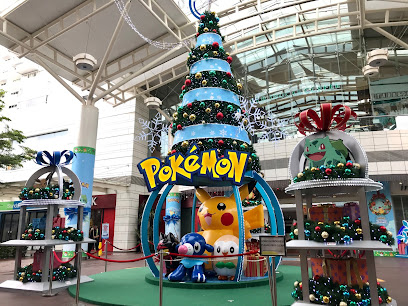
Jem
Experience the ultimate shopping and dining destination at Jem, Singapore's premier shopping mall in Jurong East, featuring over 200 stores and diverse culinary delights.
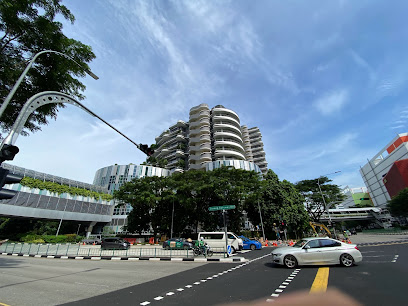
Science Centre Singapore
Explore the amazing world of science at the Science Centre Singapore, where learning meets fun in interactive exhibits and thrilling demonstrations.
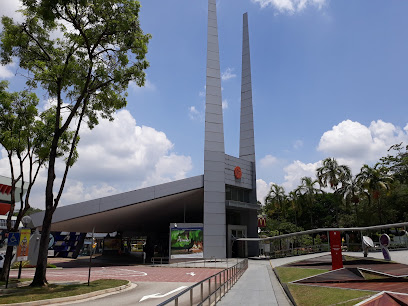
Singapore Discovery Centre
Explore Singapore's past, present, and future at the Singapore Discovery Centre, where history and innovation come alive through engaging exhibits.
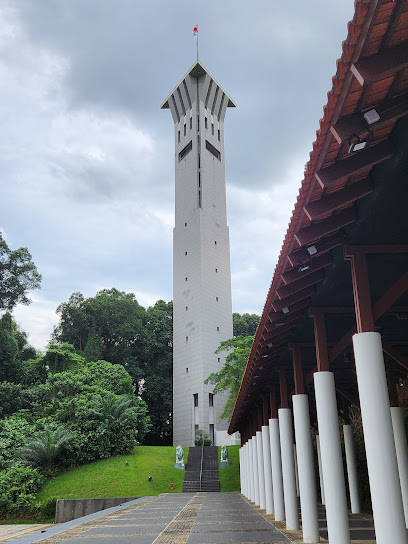
Jurong Lake Gardens
Explore the tranquil beauty and vibrant landscapes at Jurong Lake Gardens, an urban oasis in Singapore for relaxation and recreation.
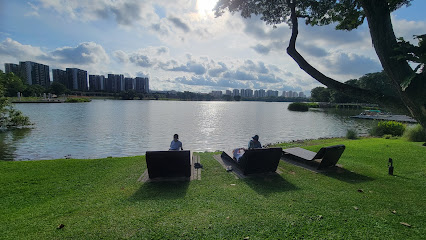
Taman Jurong Food Centre
Discover the flavors of Singapore at Taman Jurong Food Centre, a bustling hawker center offering an array of local delicacies in a vibrant setting.
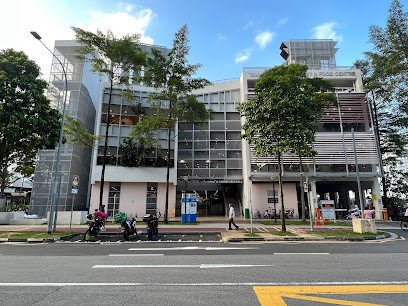
Boon Lay Place Market
Explore the culinary delights of Singapore at Boon Lay Place Market, a vibrant hawker center offering a diverse range of affordable local dishes.

Jurong West 505 Market & Food Centre
Discover the rich culinary tapestry of Singapore at Jurong West 505 Market & Food Centre, a must-visit hawker center for food lovers.
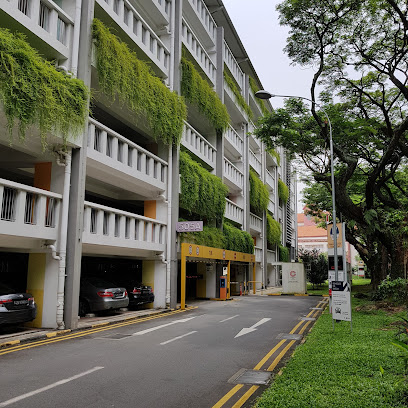
Jurong Central Park
Discover the lush tranquility of Jurong Central Park, your perfect escape into nature amidst the vibrant cityscape of Singapore.
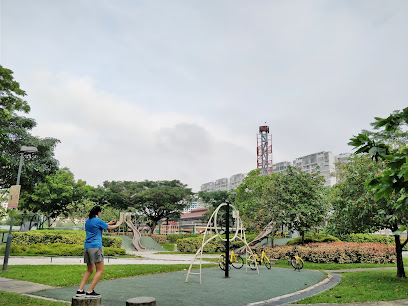
Kiztopia Club @ Jurong Point
Discover endless fun and creativity for kids at Kiztopia Club in Jurong Point, Singapore's top indoor playground for family adventures.
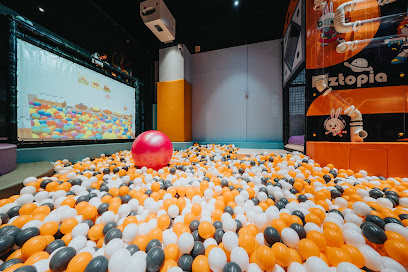
Jurong East Swimming Complex
Explore the thrilling waters and fitness facilities at Jurong East Swimming Complex, a premier destination for fun and relaxation in Singapore.

Snow City Singapore
Experience snow tubing, snowball fights, and magical winter fun at Snow City Singapore, the ultimate indoor snow center in Jurong East.
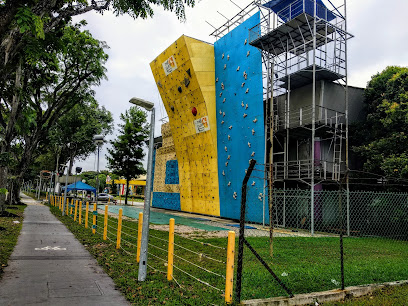
The LakeGarden Residences
Experience the beauty of nature and luxury living at The LakeGarden Residences, a serene retreat in the heart of Singapore's Jurong East.
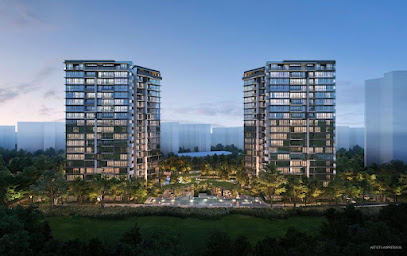
The Carving Board
Discover the delightful flavors of Singapore's coffee culture at The Carving Board, a cozy haven for gourmet sandwiches and artisanal brews.
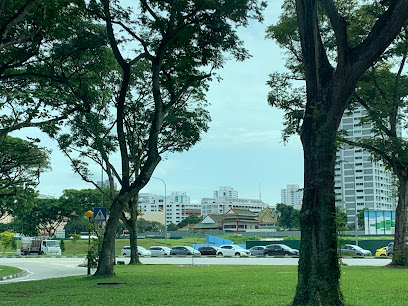
Jurong West Hawker Centre (JW50 Hawker Heritage)
Discover the flavors of Singapore at Jurong West Hawker Centre, a bustling food hub filled with delicious local dishes and a vibrant atmosphere.
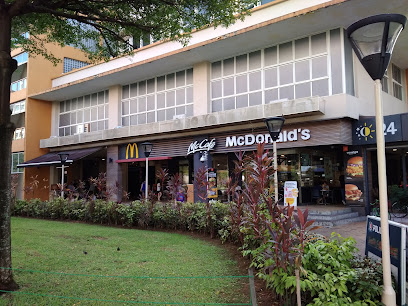
Unmissable attractions to see
Singapore Zoo
Experience wildlife like never before at Singapore Zoo, featuring an open-concept habitat and diverse animal species in a stunning natural setting.

Night Safari
Discover the magic of the animal kingdom under the stars at Singapore's Night Safari, the world's first nocturnal zoo showcasing rare wildlife.
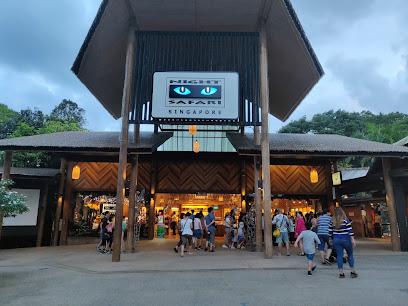
LEGOLAND Malaysia
Explore LEGOLAND Malaysia, where imagination meets adventure in a colorful world of LEGO fun and excitement for all ages.
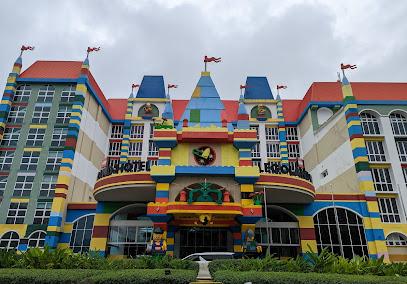
Singapore Discovery Centre
Discover Singapore's history, culture, and future at the engaging Singapore Discovery Centre, a must-visit attraction in Jurong West.
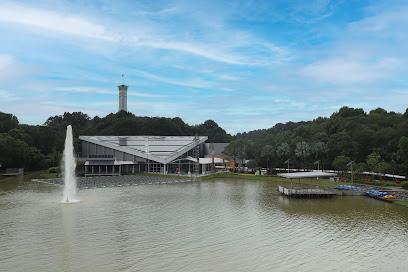
Johor Zoo
Explore the vibrant wildlife and educational experiences at Johor Zoo, a beloved family-friendly destination in Johor Bahru, Malaysia.
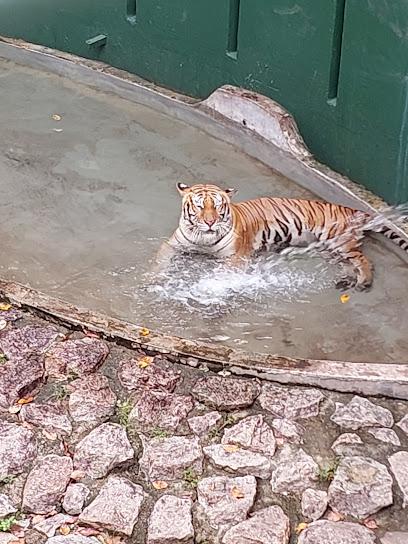
Science Centre Singapore
Discover the fascinating world of science and technology at Science Centre Singapore, an interactive museum perfect for all ages.
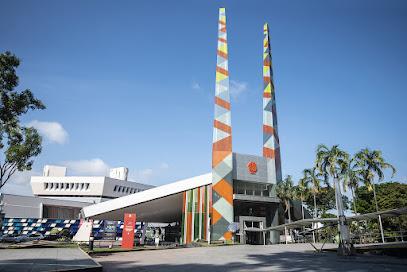
Jurong Lake Gardens
Discover the serene landscapes and vibrant flora at Jurong Lake Gardens, a stunning urban oasis in Singapore perfect for relaxation and recreation.
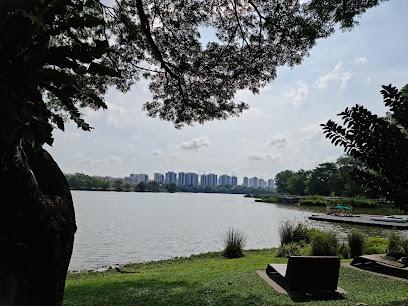
Bird Paradise
Experience the enchantment of Bird Paradise in Singapore, a wildlife park showcasing a stunning array of birds and interactive exhibits.
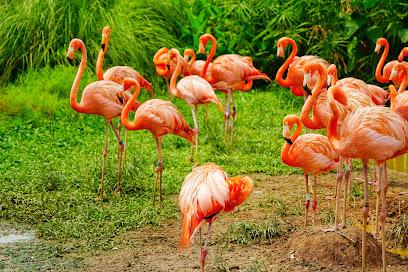
Taman Negara Johor Tanjung Piai
Explore the lush mangroves and diverse wildlife at Taman Negara Johor Tanjung Piai, the southernmost point of mainland Asia.
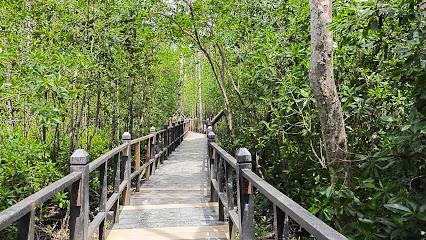
Lee Kong Chian Natural History Museum, Singapore
Explore the biodiversity of Southeast Asia at the Lee Kong Chian Natural History Museum, home to fascinating exhibits and engaging educational programs.
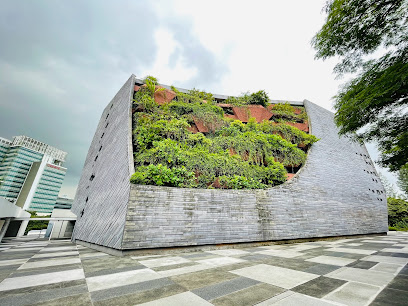
Jurong Central Park
Discover the tranquil escape of Jurong Central Park, a lush oasis in Singapore perfect for relaxation, picnics, and family fun.
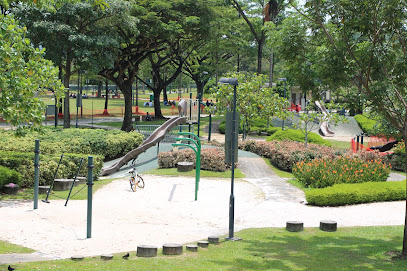
Jurong East Swimming Complex
Experience the ultimate aquatic adventure at Jurong East Swimming Complex—where fun meets relaxation in Singapore's tropical paradise.
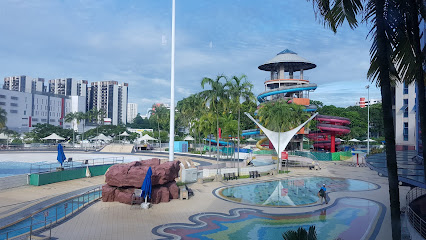
Sultan Abu Bakar Mosque
Discover the architectural splendor and cultural significance of Sultan Abu Bakar Mosque, a must-see attraction in Johor Bahru.
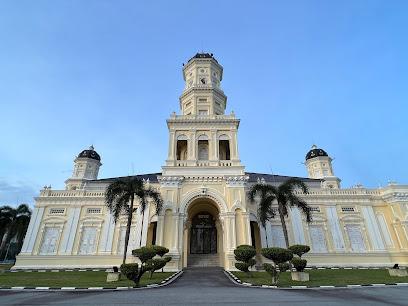
Johor Ancient Temple
Discover spiritual tranquility and cultural heritage at Johor Ancient Temple, a must-visit Taoist site in Johor Bahru, Malaysia.

Tiger Brewery Tour
Discover the brewing magic behind Tiger Beer at Singapore's renowned Tiger Brewery Tour, where history and flavor come together.
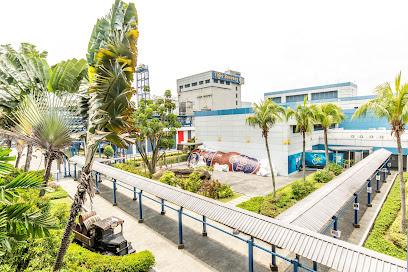
Essential places to dine
XW Western Grill
Experience delectable Western cuisine at XW Western Grill in Singapore's Jem mall - perfect for families and food lovers alike!
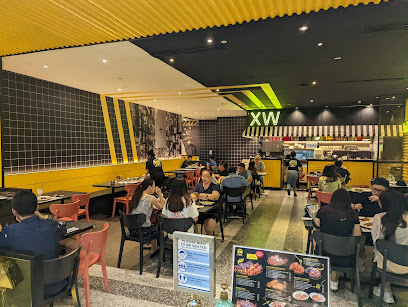
Mamma Mia Trattoria E Caffè (Jurong Point)
Experience authentic Italian cuisine at Mamma Mia Trattoria E Caffè in Jurong Point - where every dish tells a story of tradition.
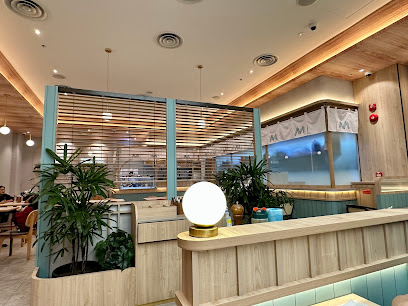
Xi Men Jie 西门街 (West Gate) Wholesome Taiwanese Meals
Experience authentic Taiwanese cuisine at Xi Men Jie in Jurong East - where tradition meets modern dining.
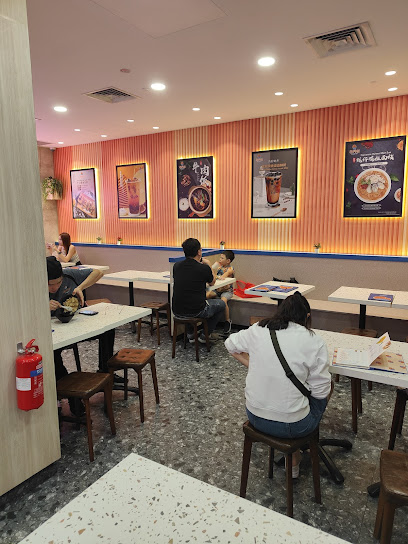
Miam Miam French Japanese Cafe Kitchen (Westgate)
Experience the delightful fusion of French and Japanese cuisine at Miam Miam French Japanese Cafe Kitchen in Singapore's vibrant Westgate.
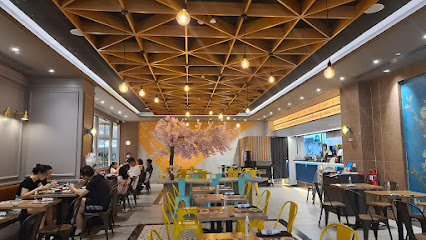
Ayza’s Restaurant
Discover the vibrant tastes of halal cuisine at Ayza's Restaurant in Jurong West - a haven for breakfast enthusiasts and food lovers alike.
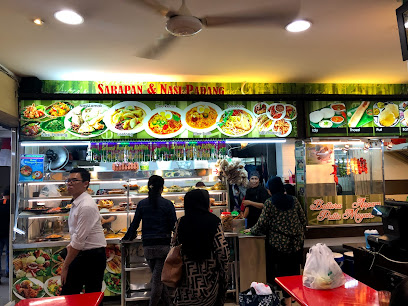
Penang Culture
Discover authentic Halal Malaysian cuisine at Penang Culture – where tradition meets flavor in every dish.
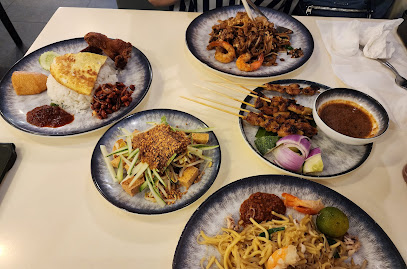
Marché Mövenpick Jem
Experience authentic Swiss flavors and global cuisine at Marché Mövenpick Jem—where freshness meets culinary creativity in Singapore.
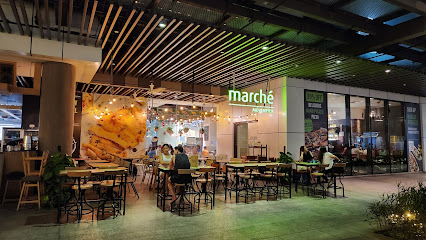
Legendary Hong Kong Restaurant @ Jurong Point 香港傳奇餐廳
Savor authentic Hong Kong-style fast food at Legendary Hong Kong Restaurant in Jurong Point - a must-visit culinary destination in Singapore.
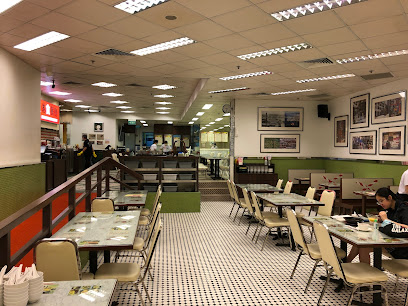
Enaq
Discover authentic Indian breakfast delights at Enaq in Jurong East – where every bite tells a story.
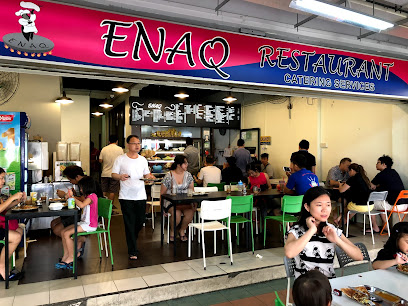
Brotzeit German Beer Bar and Restaurant - WestGate
Experience authentic German cuisine and fine beers at Brotzeit German Beer Bar and Restaurant in Singapore's vibrant Jurong East.
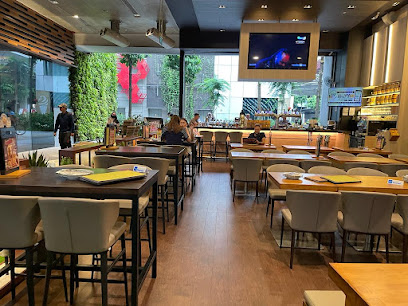
TungLok Seafood
Indulge in exquisite seafood and authentic Singaporean flavors at TungLok Seafood – where every meal is a celebration of culinary excellence.

COLLIN'S® Westgate
Savor delicious Western cuisine at COLLIN'S® Westgate in Jurong East, Singapore - where every meal is crafted with care.
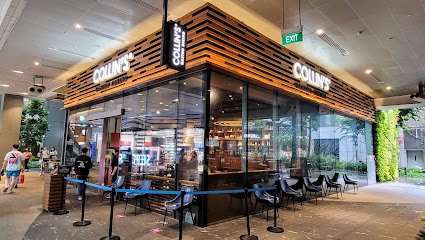
Beng Hiang Restaurant
Experience authentic Chinese cuisine at Beng Hiang Restaurant in Singapore's Jurong East – a must-visit for food lovers seeking traditional flavors.
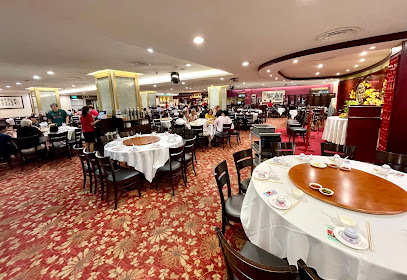
Good Fortune Seafood 福满海鲜 (Formerly 大食家 Big Eater Seafood)
Experience the flavors of Singapore at Good Fortune Seafood - where fresh catches meet vibrant culinary traditions.
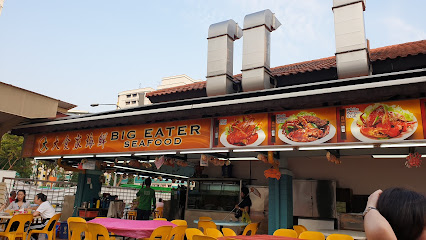
Tipsy Bunny
Experience the fusion of gourmet cuisine and craft beverages at Tipsy Bunny, a must-visit gastropub in Singapore's Jurong East.
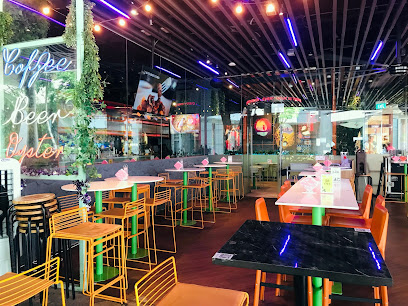
Markets, malls and hidden boutiques
Jurong Point
Explore Singapore's largest suburban shopping mall, Jurong Point, for an exciting blend of shopping, dining, and entertainment experiences.
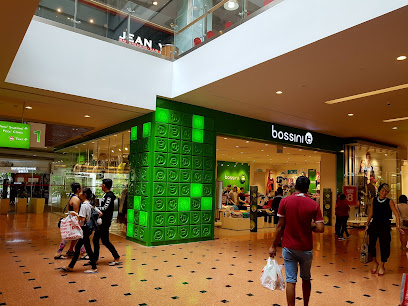
IMM
Explore IMM, Singapore's largest outlet mall, where shopping meets culinary delights in Jurong East.
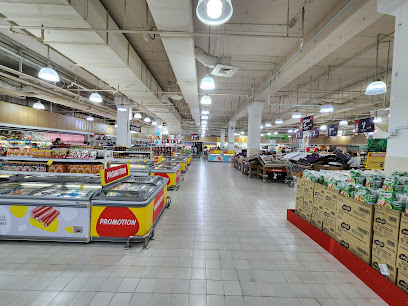
Jem
Discover a retail paradise at Jem in Jurong East, Singapore, where shopping, dining, and entertainment blend seamlessly for an unforgettable experience.
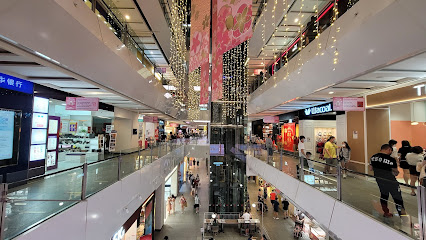
Westgate
Explore Westgate, Singapore's premier shopping mall with diverse retail, dining, and entertainment options in Jurong East.
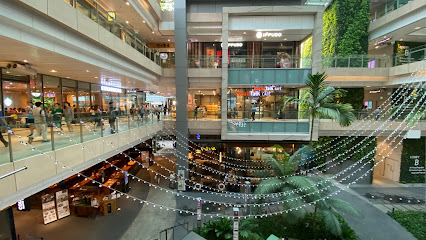
Pioneer Mall
Explore Pioneer Mall in Jurong West, Singapore – the ultimate shopping and dining destination offering a vibrant community experience.
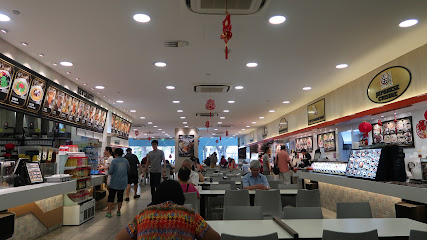
Taman Jurong Shopping Centre
Experience the vibrant atmosphere of Taman Jurong Shopping Centre, a shopping haven in Jurong West, Singapore, featuring diverse retail, dining, and entertainment options.
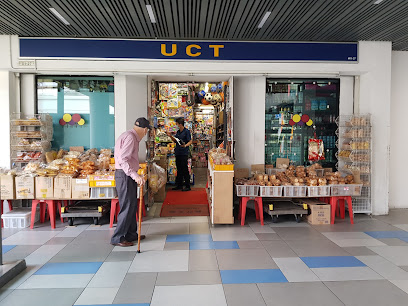
Boon Lay Shopping Centre
Explore Boon Lay Shopping Centre: Singapore's vibrant shopping mall with diverse shops, delightful dining, and family-friendly entertainment options.
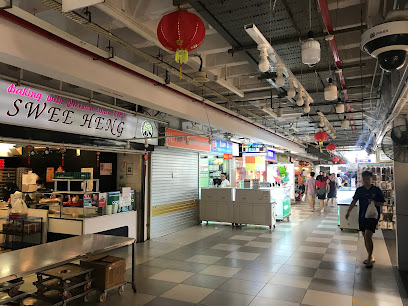
Love, Bonito JEM - Women's Fashion & Clothing
Discover the latest women's fashion trends at Love, Bonito JEM in Jurong East, Singapore, where style meets sophistication.
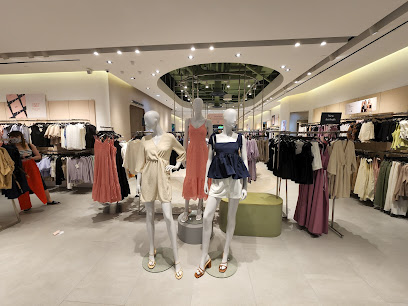
UNIQLO Jem
Explore UNIQLO Jem, where quality meets style in the heart of Singapore’s Jurong East, offering trendy apparel for every traveler.
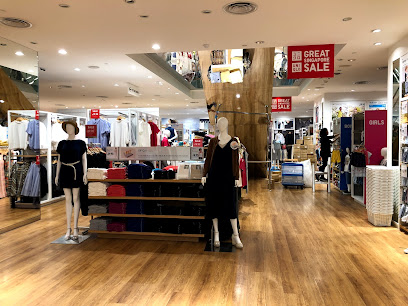
Cotton On
Discover trendy clothing, accessories, and more at Cotton On in Singapore, your go-to destination for stylish shopping and unique finds.
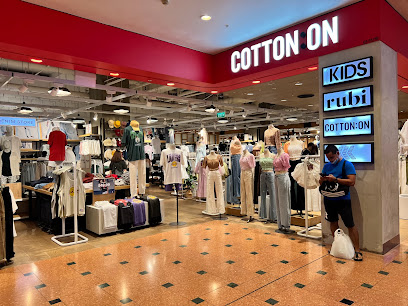
Kiddy Palace
Explore Kiddy Palace, Singapore's premier baby store, offering an extensive range of toys, clothing, and baby essentials in a family-friendly environment.
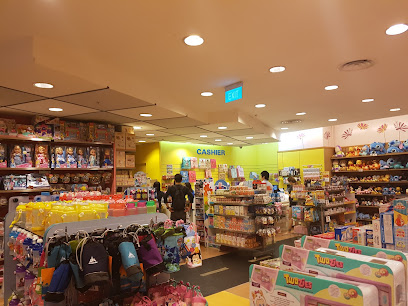
JD Sports
Discover the latest trends in sportswear and footwear at JD Sports, your go-to shopping destination in Jurong Point, Singapore.
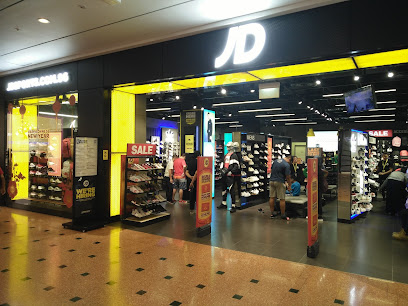
Anna Craft Creative (Tufting Workshop from $30)
Experience creativity at Anna Craft Creative in Singapore, where you can create unique textile art in an engaging tufting workshop.
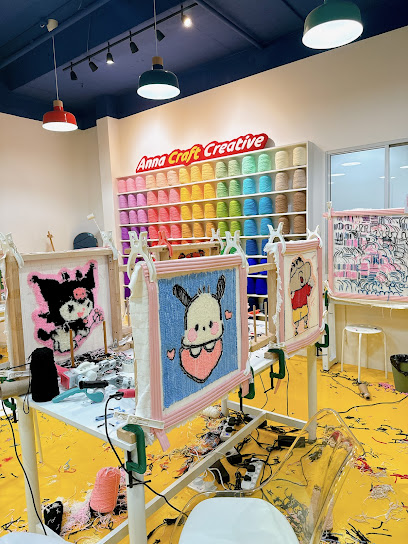
UNIQLO Jurong Point (Same Day Click & Collect)
Discover stylish and high-quality apparel at UNIQLO Jurong Point, a top clothing store in Singapore's vibrant shopping scene.

The Brick Shop - LEGO Certified Store@Jurong Point
Explore the enchanting world of LEGO at The Brick Shop - a paradise for fans and families in Jurong Point, Singapore.
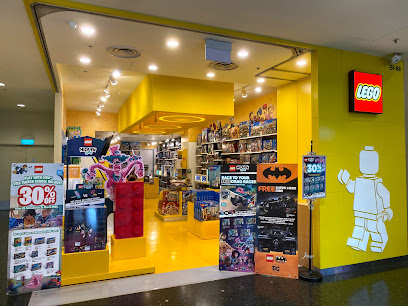
Essential bars & hidden hideouts
Brotzeit German Beer Bar and Restaurant - WestGate
Discover the taste of Germany at Brotzeit, a vibrant beer bar and restaurant in Jurong East, Singapore, offering authentic cuisine and a lively beer garden.

Tipsy Bunny
Experience the perfect blend of culinary delights and vibrant nightlife at Tipsy Bunny, Singapore's premier gastropub in Jurong East.
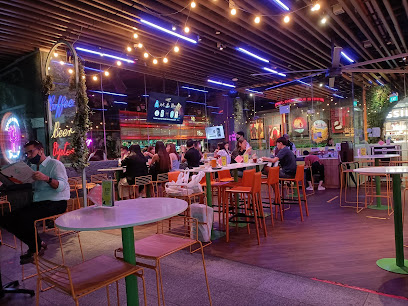
YC Dining & Bar | Western Restaurant Bar
Discover the exquisite flavors of Western cuisine at YC Dining & Bar, a top dining destination in Singapore's vibrant Jurong East.
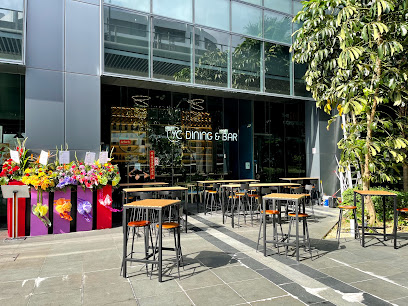
L Bistro
Experience the ultimate karaoke night at L Bistro in Singapore, where fun vibes, delicious food, and endless singing await you.
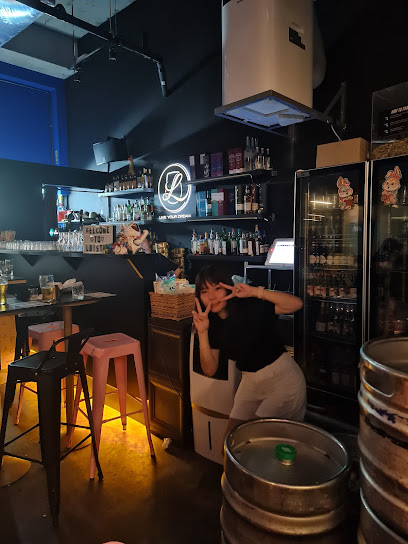
OBAR@TRADEHUB21
Savor the vibrant flavors of OBAR@TRADEHUB21, where grilling meets conviviality in the heart of Singapore's dining scene.
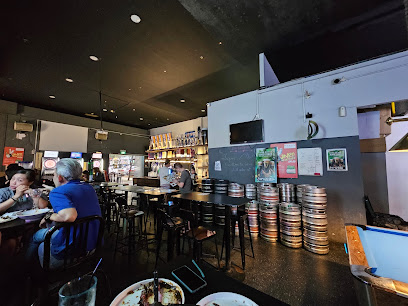
Fountain Microbrewery & Restaurant
Discover the ultimate brewpub experience at Fountain Microbrewery & Restaurant in Jurong East, where craft beers and delicious dishes await.
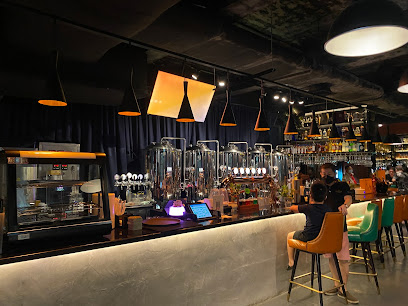
Signature Restaurant & Bar - Best Briyani and Grill chicken
Experience the best of Indian cuisine with authentic Biryani and grilled chicken at Signature Restaurant & Bar in Singapore.
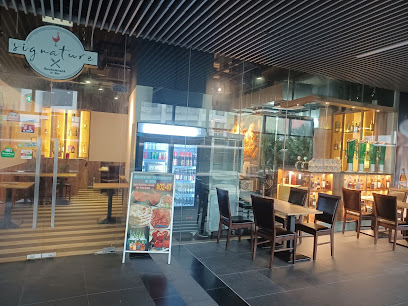
Al Capone’s Jurong
Experience delicious grilled cuisine and vibrant nightlife at Al Capone's Jurong, a must-visit bar and grill in Singapore's lively Jurong East.
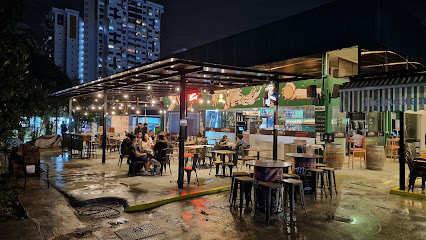
Chocobar
Experience the vibrant culinary and karaoke scene at Chocobar, a must-visit bar and restaurant in Jurong East, Singapore.
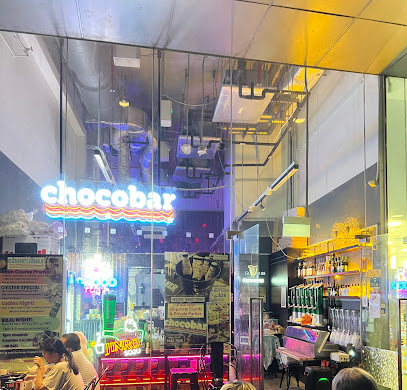
Tap D'Fish KTV Pub and Bistro Bar
Experience the perfect blend of karaoke fun and gourmet dining at Tap D'Fish KTV Pub and Bistro Bar in Singapore's Jurong East.
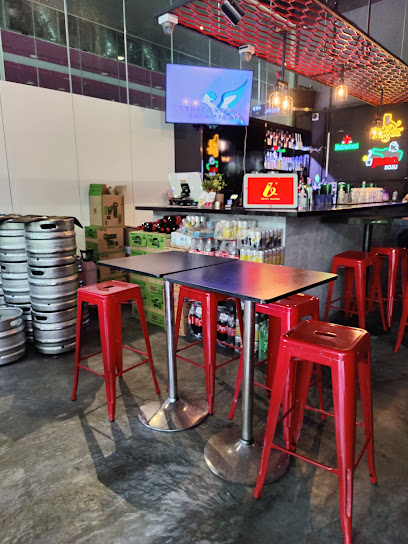
Rendezvous Bistro & Bar
Discover the vibrant flavors and lively atmosphere of Rendezvous Bistro & Bar in Jurong East, Singapore, a perfect spot for food and fun.
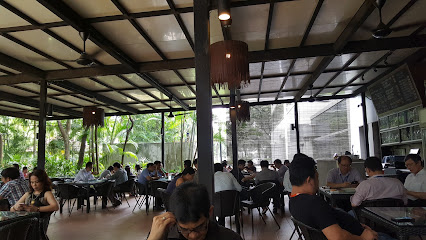
@LiGN KTV Bistro Bar (align)
Discover the ultimate nightlife experience at @LiGN KTV Bistro Bar in Jurong East, Singapore, where karaoke meets delicious dining.
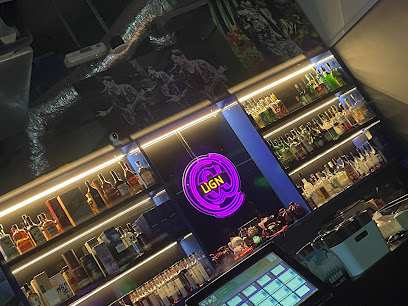
Rays The Bar
Experience a blend of modern cuisine and vibrant atmosphere at Rays The Bar, a culinary hotspot in Singapore's Jurong East.
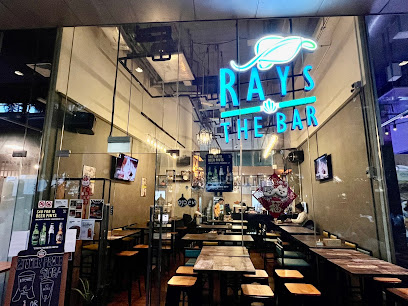
1030 壹零叁零 Bar & Bistro
Immerse yourself in the vibrant nightlife of Singapore at 1030 壹零叁零 Bar & Bistro, where drinks, food, and fun come together.
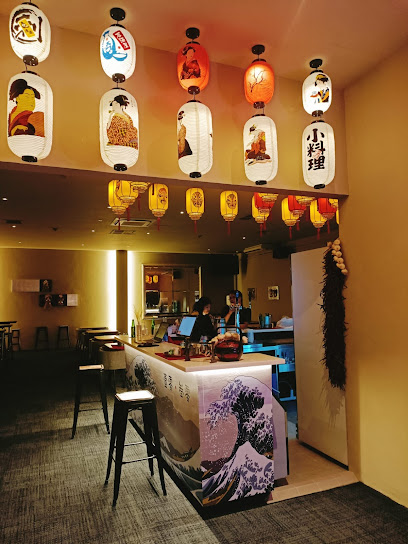
Nanyang Garden Entertainment
Discover the vibrant nightlife at Nanyang Garden Entertainment, a lively bar in Singapore's Jurong West, offering a wide selection of drinks and entertainment.
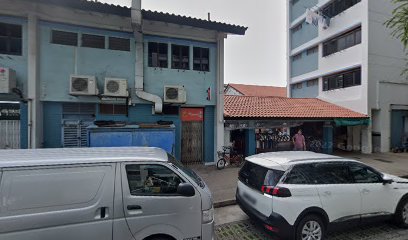
Local Phrases
-
- Hello你好
[Nǐ hǎo] - Goodbye再见
[Zàijiàn] - Yes是的
[Shì de] - No不
[Bù] - Please/You're welcome请
[Qǐng] - Thank you谢谢
[Xièxiè] - Excuse me/Sorry对不起
[Duìbùqǐ] - How are you?你好吗?
[Nǐ hǎo ma?] - Fine. And you?很好。你呢?
[Hěn hǎo. Nǐ ne?] - Do you speak English?你会说英语吗?
[Nǐ huì shuō yīngyǔ ma?] - I don't understand我听不懂
[Wǒ tīng bù dǒng]
- Hello你好
-
- I'd like to see the menu, please请给我看菜单
[Qǐng gěi wǒ kàn càidān] - I don't eat meat我不吃肉
[Wǒ bù chī ròu] - Cheers!干杯!
[Gānbēi!] - I would like to pay, please请给我结账
[Qǐng gěi wǒ jiézhàng]
- I'd like to see the menu, please请给我看菜单
-
- Help!帮帮我!
[Bāng bāng wǒ!] - Go away!走开!
[Zǒu kāi!] - Call the Police!叫警察!
[Jiào jǐngchá!] - Call a doctor!叫医生!
[Jiào yīshēng!] - I'm lost我迷路了
[Wǒ mílù le] - I'm ill我病了
[Wǒ bìng le]
- Help!帮帮我!
-
- I'd like to buy...我想买...
[Wǒ xiǎng mǎi...] - I'm just looking我只是看看
[Wǒ zhǐshì kànkan] - How much is it?多少钱?
[Duōshǎo qián?] - That's too expensive太贵了
[Tài guì le] - Can you lower the price?可以便宜点吗?
[Kěyǐ piányi diǎn ma?]
- I'd like to buy...我想买...
-
- What time is it?现在几点?
[Xiànzài jǐ diǎn?] - It's one o'clock一点钟
[Yī diǎn zhōng] - Half past (10)十点半
[Shí diǎn bàn] - Morning早上
[Zǎoshang] - Afternoon下午
[Xiàwǔ] - Evening晚上
[Wǎnshang] - Yesterday昨天
[Zuótiān] - Today今天
[Jīntiān] - Tomorrow明天
[Míngtiān] - 1一
[Yī] - 2二
[Èr] - 3三
[Sān] - 4四
[Sì] - 5五
[Wǔ] - 6六
[Liù] - 7七
[Qī] - 8八
[Bā] - 9九
[Jiǔ] - 10十
[Shí]
- What time is it?现在几点?
-
- Where's a/the...?哪里有...
[Nǎlǐ yǒu...] - What's the address?地址是什么?
[Dìzhǐ shì shénme?] - Can you show me (on the map)?你可以给我看地图吗?
[Nǐ kěyǐ gěi wǒ kàn dìtú ma?] - When's the next (bus)?下一班公交车什么时候?
[Xià yī bān gōngjiāochē shénme shíhòu?] - A ticket (to ....)一张票(去...)
[Yī zhāng piào (qù...)]
- Where's a/the...?哪里有...
History of Jurong
-
Jurong's history dates back to the 19th century when it was primarily an agricultural area. The fertile land was used for plantations growing gambier, pepper, and other crops. Early settlers were mainly Malay and Chinese farmers who worked the land and lived in small kampongs (villages).
-
During World War II, Jurong played a strategic role in the defense of Singapore. The British military constructed the Jurong Line, a series of defensive positions, to protect against the advancing Japanese forces. However, despite these efforts, Japanese troops eventually captured Singapore in 1942.
-
Following World War II, Jurong underwent significant transformation under the leadership of Dr. Goh Keng Swee, Singapore’s first Minister for Finance. In 1961, the decision was made to develop Jurong into an industrial estate to support Singapore’s economic growth. The Jurong Industrial Estate was established, attracting local and multinational companies, and transforming the landscape from rural to industrial.
-
In 1968, the Jurong Town Corporation (JTC) was formed to oversee the development of Jurong. The organization played a pivotal role in planning and developing infrastructure, housing, and amenities to support the burgeoning industrial hub. JTC’s efforts led to the creation of numerous industrial parks, residential areas, and commercial facilities.
-
Opened in 1971, Jurong Bird Park quickly became one of Singapore’s most beloved attractions. The park is home to thousands of birds from hundreds of species, housed in naturalistic aviaries. It serves not only as a tourist destination but also as a center for avian research and conservation.
-
Nanyang Technological University (NTU), established in 1981, is one of Singapore’s premier institutions of higher learning. Located in the Jurong area, NTU has grown to become a global university known for its research excellence and innovation. It attracts students and faculty from around the world, contributing to Jurong’s vibrant academic and cultural landscape.
-
The Jurong Lake District is a major urban redevelopment project aimed at transforming the area into Singapore’s second Central Business District (CBD). Launched in the 2000s, the project includes the development of commercial, residential, and recreational spaces around Jurong Lake. The district is envisioned as a vibrant, sustainable, and smart urban hub, reflecting Singapore’s aspirations for future growth.
-
Jurong is a melting pot of cultures, with a diverse population that includes Chinese, Malays, Indians, and expatriates. Cultural landmarks such as the Thow Kwang Pottery Jungle, one of the oldest surviving dragon kilns in Singapore, and various temples and mosques, reflect the rich cultural tapestry of the area. Festivals and cultural events held throughout the year celebrate this diversity, adding to the area’s unique charm.
Jurong Essentials
-
Jurong is located in the western part of Singapore. The nearest international airport is Changi Airport, which is well-connected to Jurong via various modes of transportation. From Changi Airport, you can take the MRT (Mass Rapid Transit) on the East-West Line and transfer to the Jurong East MRT station. Alternatively, taxis and ride-sharing services are available, and the journey typically takes about 30-40 minutes depending on traffic.
-
Jurong is well-connected by public transport. The MRT system is the most efficient way to get around, with key stations such as Jurong East, Lakeside, and Chinese Garden. Buses are also widely available and connect different parts of Jurong. For those preferring personal transport, taxis and ride-sharing services like Grab are easily accessible. If you prefer cycling, there are bike-sharing services, and Jurong has several cycling paths.
-
The official currency in Singapore is the Singapore Dollar (SGD). Credit and debit cards are widely accepted in most places, including restaurants, shops, and hotels. Contactless payments like Apple Pay, Google Pay, and PayNow are also commonly used. However, it is advisable to carry some cash for smaller establishments and hawker centers. ATMs are plentiful, especially in shopping malls and MRT stations.
-
Jurong is generally safe for tourists, with low crime rates. However, standard precautions should be taken. Avoid secluded areas late at night and be mindful of your belongings in crowded places. Areas like Jurong East and Lakeside are well-patrolled and considered safe. Always be cautious and aware of your surroundings, but there are no specific high-crime areas targeting tourists in Jurong.
-
In case of emergency, dial 999 for police assistance and 995 for medical emergencies. Jurong has several clinics and the Ng Teng Fong General Hospital for more serious medical issues. Pharmacies are available in most shopping centers for minor health concerns. It is recommended to have travel insurance that covers medical emergencies.
-
Fashion: Do dress comfortably due to the tropical climate, but modestly, especially in religious sites. Avoid overly revealing clothing. Religion: Do respect local customs and remove your shoes when entering places of worship. Public Transport: Do keep to the left on escalators and give up your seat to the elderly, pregnant women, and those with disabilities. Don't eat or drink on public transport. Greetings: Do greet people with a smile or a handshake. Avoid overly physical forms of greeting. Eating & Drinking: Do try local dishes at hawker centers; it's a quintessential Singaporean experience. Don't leave food waste on the table; clear your tray after eating.
-
To experience Jurong like a local, visit the Jurong Lake Gardens for a leisurely stroll or picnic. Explore the Science Centre Singapore and Snow City, which are popular with families. For shopping, head to JEM, Westgate, or IMM, which offer a variety of retail and dining options. Try local hawker centers like Jurong West Hawker Centre for authentic and affordable Singaporean food. Engage with locals, as they are typically friendly and willing to share tips about the area.
Trending Landmark in Jurong
-
Jurong Point
-
Jem
-
Science Centre Singapore
-
Singapore Discovery Centre
-
Jurong Lake Gardens
-
Taman Jurong Food Centre
-
Boon Lay Place Market
-
Jurong West 505 Market & Food Centre
-
Jurong Central Park
-
Kiztopia Club @ Jurong Point
-
Jurong East Swimming Complex
-
Snow City Singapore
-
The LakeGarden Residences
-
The Carving Board
-
Jurong West Hawker Centre (JW50 Hawker Heritage)
Nearby Cities to Jurong
-
Things To Do in Bukit Timah
-
Things To Do in Singapore
-
Things To Do in Orchard Road
-
Things To Do in Little India
-
Things To Do in Clarke Quay
-
Things To Do in Johor Bahru
-
Things To Do in Chinatown
-
Things To Do in Sentosa
-
Things To Do in Bugis
-
Things To Do in Sembawang
-
Things To Do in Yishun
-
Things To Do in Marina Bay
-
Things To Do in East Coast Park
-
Things To Do in Tampines
-
Things To Do in Malacca










